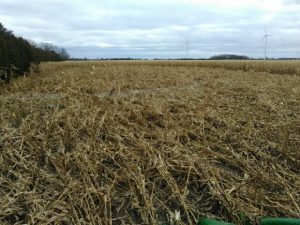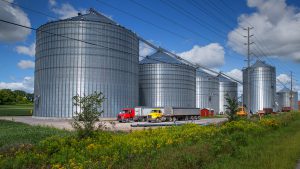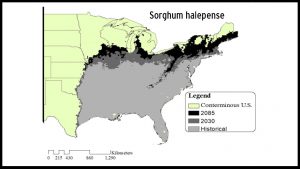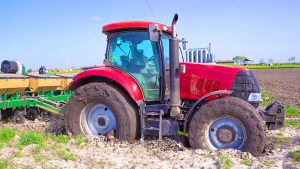Harvest technology
CALIBRATING COMBINE SENSORS
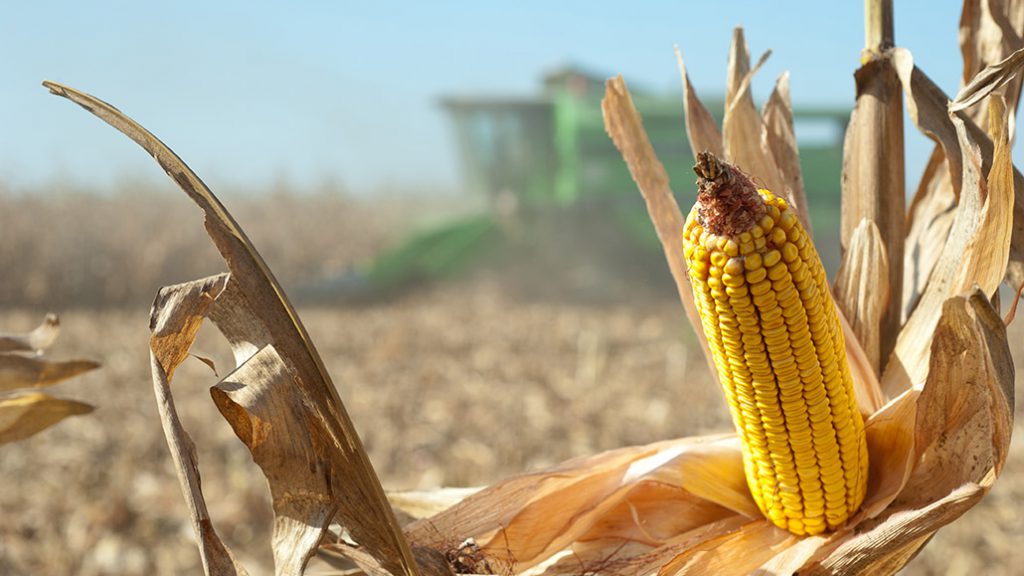
WHEN PERFORMING PRE-HARVEST combine maintenance checks, the bolts, belts, bearings, and other mechanical parts shouldn’t be a farmer’s only focus.
Today’s combines come with an arsenal of sophisticated sensors that require their own TLC to ensure they’re fully functional, calibrated, and providing accurate readings for a more efficient harvest.
But with any maintenance tasks, farmers need to make sure they’re giving themselves the time and space to do a proper job before the rush and stress of harvest takes over.
“I always say you really want to try to do your maintenance and pre-harvest checks as much ahead of time as you can,” says Ian Dickison, product support at Roberts Farm Equipment Ltd. “Especially when the combine has been sitting all winter, everything should be recalibrated as much as possible. Because once harvest starts, nobody wants to stop.”
WHAT YOU NEED TO KNOW
|
CALIBRATION
While farmers can technically combine without properly calibrated (or functional) mass flow, moisture, and grain loss sensors, it doesn’t mean they should. Pressing on without a working mass flow or moisture sensor, for instance, can mean farmers lose out on valuable data.
“With sensors, we find that there’s sometimes a ‘set it and forget it,’ mentality,” says Dickison. “The technology’s great and it’s there — but we’re not always making the absolute most of it – especially if things aren’t working as they should.”
Sensors ultimately help combines do a better, more efficient job, explains Greg Kitching, integrated solutions consultant with Premier Equipment. The data generated by these sensors helps create the “report card” of how a farmer’s crop performed across their entire land.
“Having quality data is going to be what ultimately helps drive your management decisions in the years to come,” says Kitching. “And if you’re spending the money on variable rate or comparing hybrids, for example, you want that data to be as accurate as possible.”
“You also don’t want to be making decisions based on poor quality data,” adds Dickison.
UPDATES
To make sure sensors are up to snuff for harvest, start with a software update. Manufacturers will often issue critical bug fixes and improvements on at least a couple times per year.
“From a data perspective, you should also make sure your planting records are uploaded into the system, so you can accurately track how each variety or hybrid performed,” says Kitching.
After firing up the combine for the first time, farmers should keep an eye out for any errors or diagnostic codes, as there’s always the risk rodents may have chewed through wires while the combine was in storage.
When it comes to calibrating mass flow and moisture sensors, Dickison advises farmers to start with the processes outlined in their combine’s owner’s manual. He also recommends that farmers re-calibrate at least once or twice a year for every individual crop.
“You should be able to set up a calibration task in your yield monitor, combine a truckload of the crop, weigh that one load, and then input the weight into your monitor,” he says. “But make sure you’re thoroughly cleaning out the corners of the truck or grain buggy. Otherwise you could be off by a number of bushels right off the hop.”
Kitching adds that newer, automated calibration technologies, such as Active Yield from John Deere, can allow farmers to calibrate their combines on the fly with considerable accuracy.
“The system is constantly checking and re-checking itself on an ongoing basis and is designed not to require much — if any — input from the combine driver,” he says.
CLEAN
That said, even with the most sophisticated automation in place, there’s no substitute for farmers giving their combine sensors a thorough visual inspection. Mass flow sensors are prone to dirt buildup and need to be cleaned regularly. Moisture sensors can also require a fair bit of attention — especially if farmers have gotten into a weedy crop or crop residues have built up over time.
“Going into this year’s harvest, you may find a lot of mud in places you didn’t expect because of 2018’s tough soybean harvest,” adds Dickison.
Another crucial part for farmers to address is their combine’s grain loss sensor. This needs to be set up carefully — and then visually checked while combining — to ensure farmers are picking up as much grain as they possibly can. Often, someone rolling alongside the combine in a truck or grain buggy can help spot unacceptable grain losses.
“We recommend that you combine a strip in a representative part of your field, then get out of the machine and have a look at the straw to make sure your grain losses are at an acceptable level,” says Dickison. “Grain sensitivity settings are something you can adjust and recalibrate on the fly.”
However, Dickison cautions against setting the grain loss sensor’s sensitivity too low, as it can potentially lure farmers into thinking they’re not missing much grain at all, when in reality — they’re leaving potential yield in the field.
So, how do you know if your sensors aren’t functioning as they should? In most cases, say Dickison and Kitching, the signs are fairly apparent.
For example, if a yield monitor is consistently registering 300 bushels per acre of soybeans in what’s typically a 70-bushel crop, there may be an issue. In most cases, there’s an error or diagnostic code. Severe topography, or a crop that’s not completely mature can also limit sensor accuracy or effectiveness at times.
Often, figuring out whether a sensor is working comes down to common sense and also knowing the higher and lower-yielding areas of one’s field.
“Ask yourself, is my moisture reading changing gradually and does it make sense? Is my yield going up as I move from the top of the hill and through that hollow,” says Kitching. “As much as the automation in today’s combine sensors is sophisticated and often corrects itself, it all comes back to having a closer look for yourself if there’s ever any doubt.” •








